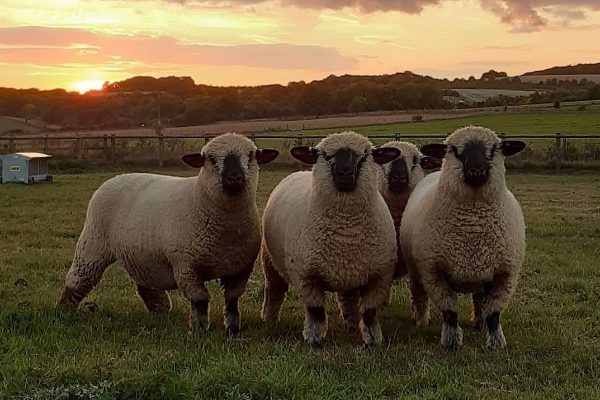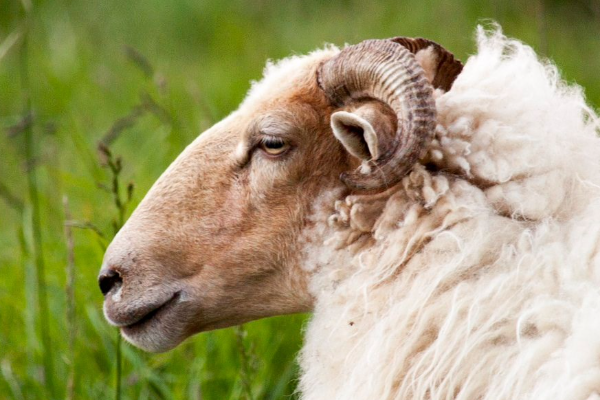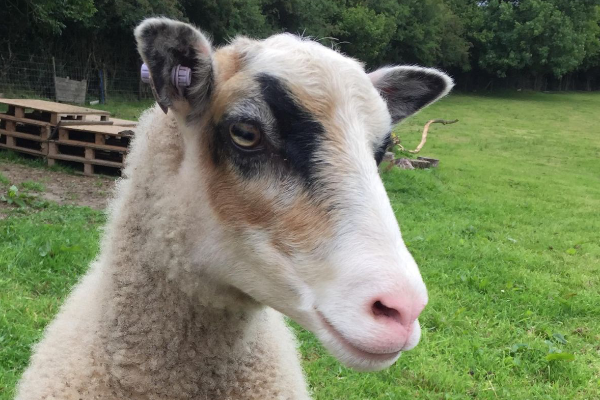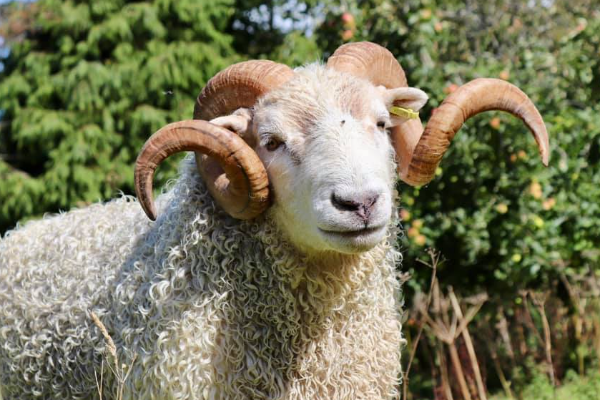Hampshire Sheep
What is the history of Hampshire Sheep?
The Hampshire sheep acquired its name from the Hampshire in southern England where it was developed from a cross between Old Hampshire, Wiltshire Horn, and Berkshire Knot crossed with Southdown.They were developed in order to maximize the flocks on the less than viable soil of of Wiltshire, Hampshire and Berkshire.
It’s interesting to note that bloodlines from the eastern counties of the downs have finer wool and more compact sheep, while those from the western downs were coarser. John Twynam, a Hampshire farmer, crossed his then-Hampshire flock with Cotswold rams around 1829. The resultant half-bred rams were compact and blocky animals, and from around 1835 were sold into six or more of what were to become the first recognised pedigree Hampshire Down flocks in the United Kingdom.
What are the characteristics of Hampshire Sheep?
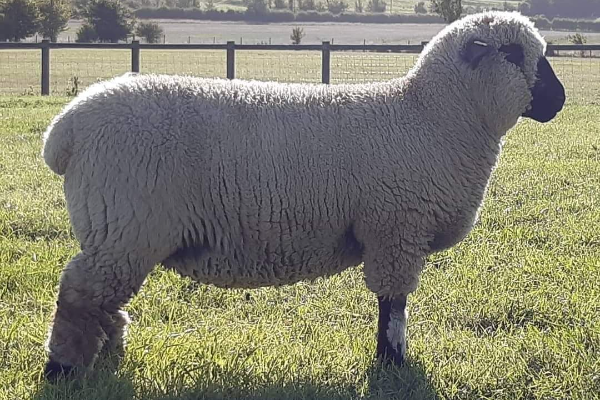
- Both sexes are polled, the horns of the original breed have disappeared;
- The face and legs have become dark,
- The frame has become more compact, the bones smaller, the back broader and straighter,
- The legs shorter, and the flesh and wool of better quality, while the superior hardiness and greater size, as well as the large head and Roman nose of the old breed, still remain.
- Modern Hampshire are large sheep mostly white, the face, ears and legs are so brown they are nearly black.
- They are very durable sheep they can survive less than ideal conditions, and don’t mind cold or hot weather without shelter.
- Hampshire Sheep do not need a season for breeding, though they generally do so in December or January; a healthy ewe having no difficulty in lambing and twins are common.
- Hampshire ewes are very protective.
- Hampshires have open faces and some wool below the knees.
- They are mainly white sheep, but colored Hampshires also occur.
- Mature ewes will average a six to ten pound (2.7-4.5 kg) fleece that has a micron measurement of 25.0 to 33.0 and a spinning count of 46-58.
- The staple length of the fleece will be 2 to 3.5 inches (5-9 cm) with a yield of 50 to 62 percent.
What is the weight of mature Hampshire Sheep?

Hampshire ram is in the range of 120 kg and a mature ewe 90 kg.
Pictures: Emma LeCheminant - Nicole (Clarendon Flock - Salisbury)

Written by
H Cetin KATIRCI
Online ShepherdBreedsMore
IllnessesMore
Forage cropsMore
![]() Патологическая физиология голодания Arina TARAN
Патологическая физиология голодания Arina TARAN![]() Дефицит фосфора (гипофосфатемия) Hipofosfatemi Arina TARAN
Дефицит фосфора (гипофосфатемия) Hipofosfatemi Arina TARAN![]() Какие бывают кормораздатчики для ферм КРС? Irina Makarova
Какие бывают кормораздатчики для ферм КРС? Irina Makarova![]() Кормушки для овец Diana Myakisheva
Кормушки для овец Diana Myakisheva![]() Питание домашних коз: что едят, виды корма и правила кормления Alina Arslantürk
Питание домашних коз: что едят, виды корма и правила кормления Alina Arslantürk![]() Важность минералов питании сельскохозяйственных животных Irina Makarova
Важность минералов питании сельскохозяйственных животных Irina Makarova
Use of the information/advice in this guide is at your own risk. The Farmow and its employees do not warrant or make any representation regarding the use, or results of the use, of the information contained herein as regards to its correctness, accuracy, reliability, currency or otherwise. The entire risk of the implementation of the information/ advice which has been provided to you is assumed by you. All liability or responsibility to any person using the information/advice is expressly disclaimed by the Farmow and its employees.

